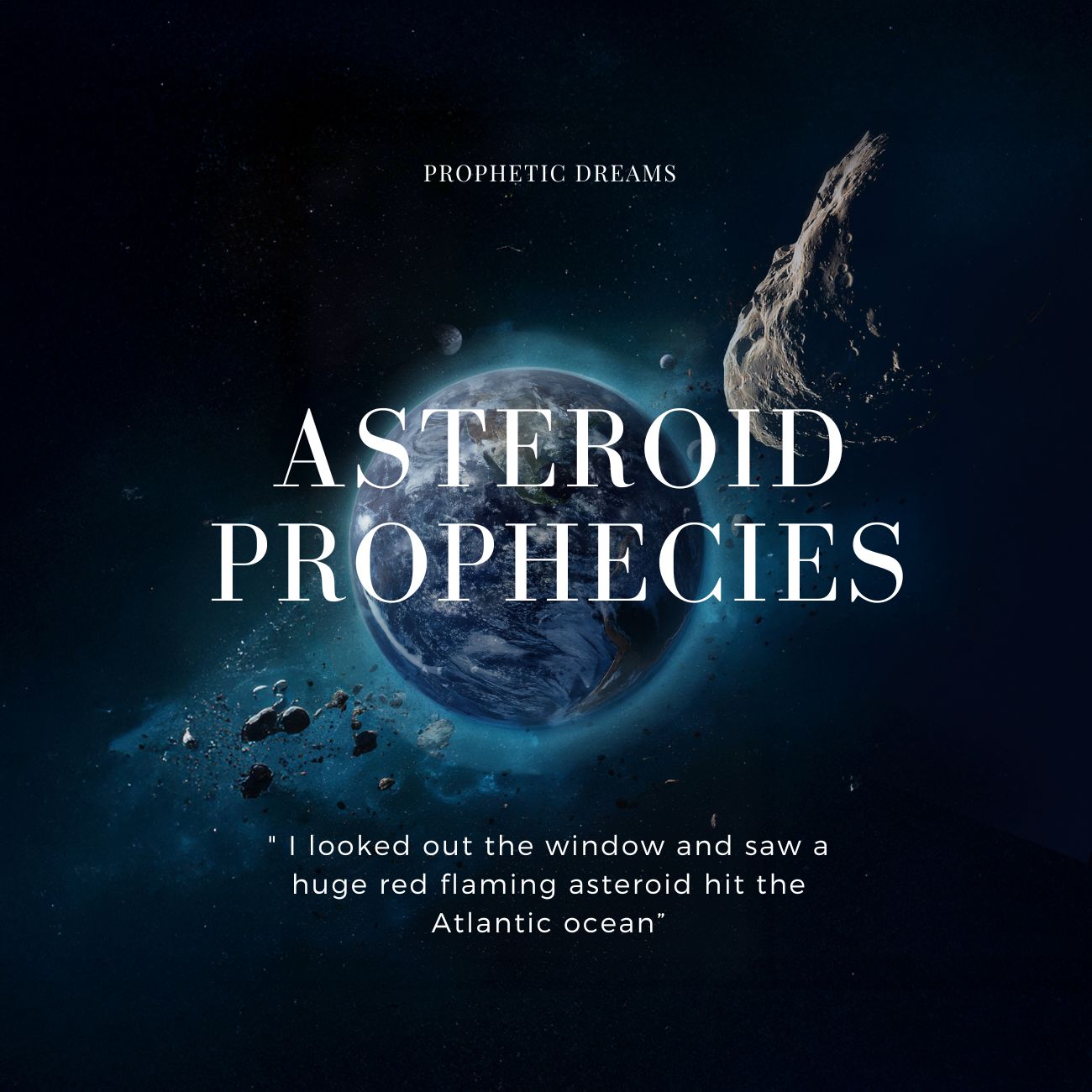Bust of a young Alexander the Great from the Hellenistic era, British Museum, Aristotle tutoring
Hellenization was the spread of Greek culture to foreign peoples during the campaigns of Alexander the Great of Macedon.
During the Hellenistic period, following the death of Alexander the Great, considerable numbers of Assyrians, Jews, Egyptians, Persians, Parthians, Armenians, and a number of other ethnic groups along the Balkans, Black Sea, South-Eastern Mediterranean, Anatolia, Middle East and Central Asia were Hellenized. – Wikipedia
While Alexander The Great allowed the believers in Yahweh to live and worship how they wanted, many rulers after him, such as Antiochus IV, enforced death penalties to all those who kept the sabbath and studied the Torah.
Constantine the Great was another ruler who passed laws enforcing Sun god worship. Constantine was was Roman Emperor from 306 to 337. Constantine was the first Roman emperor to convert to Christianity, but at the same time also was heavily influenced by paganism.
Constantine considered himself also the High Priest for Sol Invictus (The Invincible Sun) until his death, and enforced that ALL people had to forsake the traditional Sabbath (Fri to Sat night) and worship on the “Venerable day of the Sun” Sunday … or face death.
The mandate was to reject the Feasts of Yahweh and celebrate the birth of the Sun on the Winter Solstice… or many of those who didn’t convert, faced death. Believers were also forced to eat pigs flesh, which was an abomination in the Torah, or they also faced the death penalty.
There is historical evidence that the Roman Catholic Church began with Emperor Constantine. Constantine converted to Christianity from a vision he saw in the sky. Constantine had seen a sign in the heavens: a cross in front of the sun. He heard a voice say, “In this sign you will conquer.” He painted crosses on the shields of his soldiers. He won an important battle, and was convinced that it was because of the power of the sign that he had seen. He asked for two of the nails that were used to crucify Jesus. One nail was made into a bit for his horse, while the other nail was made a part of his crown, signifying that Constantine ruled the Roman Empire in the name of Jesus.
The fact that Constantine saw the cross and the sun together may explain why he worshiped the Roman sun god while at the same time professing to be a Christian. After his “conversion,” Constantine built a triumphal arch featuring the Roman sun god (the “unconquered sun”). His coins featured the sun. Constantine also made a statue of the sun god, with his own face on it, for his new city of Constantinople. He made Sunday (the day of the sun god) into a day of rest when work was forbidden.
During Constantine’s reign, many Christians incorporated worship of the Roman sun god into their religion. They had their worship services on Sunday, and celebrated the birth of Jesus on December 25, the day when sun worshipers celebrated the birthday of the sun following the winter solstice.
Historians disagree as to whether or not Constantine actually became a Christian. His character certainly did not reflect the teachings of Jesus Christ, and his combination of worshiping the Christian God and the old Roman sun god may have been an attempt to please both groups of people. Constantine even went as far as to state that he was the interpreter of the Word of God, and the voice which declares what is true and godly. According to historian Paul Johnson, Constantine saw himself as being an important agent of salvation.
There is a world wide movement of people who are looking to the early church practices as a model for their own walk.
As you can see above, during the time of Antiochus IV, and Constantine the Great, believers had to FIGHT to keep the traditional sabbath day, the food laws, and reading the Torah, which was sacred to their faith.
YET Today, in modern Christianity, many believers have blindly adopted those things which are pagan. Christians today eat pork, shellfish, and disregard the sabbath. In fact, when bringing up the sabbath, they look at it as a burden. What is so hard about taking a day off to rest? Isn’t the law supposed to be a delight? They strike it down before even looking at it. Yet millions are looking to keep the law, not for salvation (as we are saved only through Yeshua) , but rather to be set apart for him.
The ironic thing is believers in the past would fight to their deaths when someone asked them to give up the sabbath, the torah, and any of the food laws, yet today we see in the Christian churches those very pagan practices that people would have their heads cut off for, we entertain.
A world wide movement is going after the very things that mean so much to Yahweh, mentioned in the Torah. Those people who move into keeping these things have a powerful combination. They have the power of the Holy Spirit, coupled with the truth, power and salvation found in Yeshua, and the law as their righteousness, which has the favor of Yahweh.
Eph 6:10-19
For our struggle is not against flesh and blood, but against the rulers, against the authorities, against the powers of this dark world and against the spiritual forces of evil in the heavenly realms. Therefore put on the full armour of God, so that when the day of evil comes, you may be able to stand your ground, and after you have done everything, to stand. Stand firm then, with the belt of truth buckled round your waist, with the breastplate of righteousness in place, and with your feet fitted with the readiness that comes from the gospel of peace. In addition to all this, take up the shield of faith, with which you can extinguish all the flaming arrows of the evil one. Take the helmet of salvation and the sword of the Spirit, which is the word of God.







